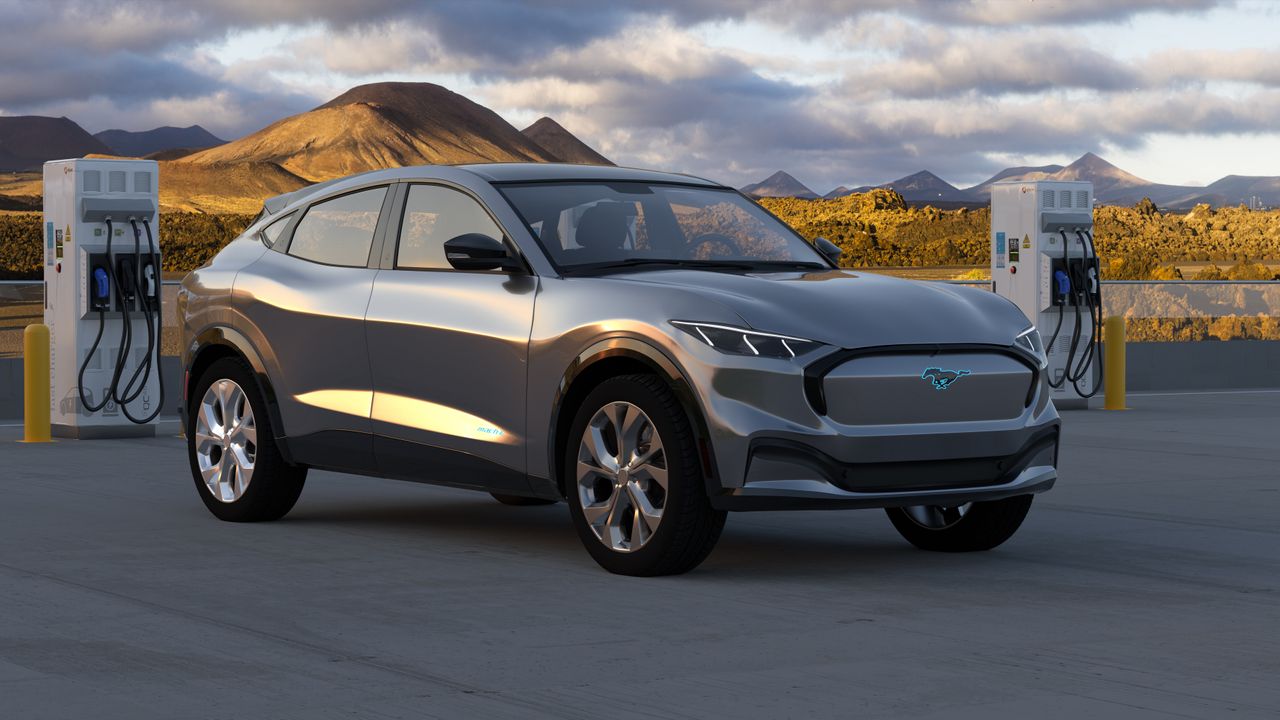Electric Vehicle Market Growth and Projections
Electric vehicles (EVs) have gained significant popularity in recent years, with their market share steadily increasing. As the world moves towards a more sustainable future, the demand for EVs is expected to continue growing. In this blog post, we will explore the current state of the EV market, growth drivers, and market segmentation.
EV Market Share
The electric vehicle market share has been steadily rising over the past decade. According to industry reports, EVs accounted for approximately 2.6% of global car sales in 2019. This figure is projected to increase to 10% by 2025 and reach 28% by 2030. The increasing market share can be attributed to several factors.
Growth Drivers
1. Government Incentives
Many governments around the world are offering incentives to promote the adoption of electric vehicles. These incentives include tax credits, subsidies, and grants, making EVs more affordable for consumers. Government support plays a crucial role in driving the growth of the EV market.
2. Environmental Concerns
With growing awareness about climate change and the need to reduce greenhouse gas emissions, consumers are increasingly opting for electric vehicles. EVs produce zero tailpipe emissions, making them a greener alternative to traditional gasoline-powered cars. The rising environmental concerns are driving the demand for EVs.
3. Technological Advancements
The advancements in battery technology have significantly improved the performance and range of electric vehicles. EVs now offer longer driving ranges and faster charging times, addressing the concerns of range anxiety among potential buyers. As technology continues to evolve, the appeal of electric vehicles will only increase.
Market Segmentation
The electric vehicle market can be segmented into several categories based on various factors. Let’s explore some of the key market segments:
1. Vehicle Type
Electric vehicles can be categorized into different types, including battery electric vehicles (BEVs), plug-in hybrid electric vehicles (PHEVs), and hybrid electric vehicles (HEVs). BEVs run solely on electric power, while PHEVs combine electric power with an internal combustion engine. HEVs, on the other hand, use both electric power and gasoline.
2. Geography
The adoption of electric vehicles varies across different regions. Some countries have been quick to embrace EVs, while others are still in the early stages of adoption. China, the United States, and Europe are currently the largest markets for electric vehicles, with significant investments in charging infrastructure and government support.
3. Price Range
Electric vehicles are available in a wide range of price points, catering to different consumer segments. While some EV models are priced competitively with their gasoline counterparts, luxury electric vehicles are also gaining popularity among affluent buyers. The availability of EVs in different price ranges contributes to market growth.
Conclusion
The electric vehicle market is experiencing significant growth and is projected to continue expanding in the coming years. Government incentives, environmental concerns, and technological advancements are driving the adoption of EVs. Market segmentation based on vehicle type, geography, and price range further contributes to the overall growth of the EV market. As the world shifts towards sustainable transportation, electric vehicles are poised to play a major role in shaping the future of the automotive industry.
